Madhumalti Plant, Rangoon Creeper
This product is available for shipping only in Bangalore
Madhumalti Plant is a Special kind of flowering vines that change in colour with age. Rangoon Creeper Botanical name, Combretum Indicum, is derived from the name of its genus, Combretum. The beautiful flower of Rangoon Creeper plant has a divine fragrance, and its color varies from white to pink to red. The height of this plant varies from about 8 to 26 feet. This plant grows well both in full sun and shade.
Plant Height: approx 3 feet including the pot
Pot size : 12 inches nursery bag
- Estimated Delivery : Up to 3 business days
- Free Shipping & Returns : On all orders over ₹550 in Bangalore
Madhumalti, also known as Rangoon Creeper or by its scientific name Quisqualis indica, is a fast-growing, woody vine famous for its clusters of fragrant flowers that change color as they mature—from white to pink to red. Native to tropical Asia, this climber is popular for covering fences, trellises, and arbors, creating a lush and vibrant display. Its sweetly scented flowers and ability to attract pollinators like butterflies and bees make it a favorite among gardeners. Here’s a comprehensive guide to caring for the Madhumalti plant:
1. Light Requirements
- Full Sun: Madhumalti thrives best in full sun, which encourages prolific flowering and healthy growth. Aim for at least 6-8 hours of direct sunlight daily.
- Partial Shade: It can tolerate partial shade but may produce fewer flowers. For the best results, place it in a sunny location.
2. Watering
- Regular Watering: Water the plant regularly to keep the soil consistently moist, especially during the growing season (spring and summer). It prefers moist but well-drained soil.
- Deep Watering: Water deeply to ensure that water reaches the root zone. Allow the top inch of soil to dry out slightly between waterings.
- Reduce Watering in Winter: In cooler months, reduce the frequency of watering as the plant’s growth slows down.
3. Soil
- Well-Draining Soil: Madhumalti prefers well-draining soil that is rich in organic matter. A mix of garden soil, compost, and sand works well to provide the necessary nutrients and drainage.
- Slightly Acidic to Neutral pH: A soil pH range of 6.0 to 7.5 is ideal for this plant.
4. Temperature and Humidity
- Warm Temperatures: Madhumalti thrives in warm, tropical, and subtropical climates. Ideal temperatures range from 60-90°F (15-32°C). It is sensitive to frost and should be protected from temperatures below 50°F (10°C).
- High Humidity: This plant enjoys high humidity, typical of its native tropical environment. In dry indoor conditions, increase humidity by misting the plant regularly or using a humidifier.
5. Fertilizing
- Feed During Growing Season: Fertilize with a balanced, water-soluble fertilizer every 4-6 weeks during the spring and summer to encourage healthy growth and abundant flowering.
- Organic Alternatives: Enrich the soil with organic matter, such as compost or well-rotted manure, to provide nutrients and improve soil structure.
6. Pruning and Maintenance
- Regular Pruning: Prune the plant regularly to control its size, shape, and promote bushier growth. Trim back after the flowering season to remove dead or weak stems and encourage new growth.
- Deadheading: Remove spent flowers to keep the plant looking tidy and encourage continuous blooming.
- Training: If growing Madhumalti as a climber, provide support such as a trellis, fence, or arbor for the plant to climb. Regularly train the vine to keep it neat and manageable.
7. Propagation
- Stem Cuttings: Madhumalti can be easily propagated through stem cuttings. Take 4-6 inch cuttings from healthy, non-flowering stems. Remove the lower leaves, dip the cut end in rooting hormone, and plant it in a potting mix. Keep the soil moist and the cutting in a warm, humid environment until roots develop.
- Layering: Propagation by layering is also possible, where a low-growing stem is bent down and partially buried in soil until it roots.
8. Pests and Diseases
- Common Pests: Watch for aphids, mealybugs, and spider mites, which can occasionally infest Madhumalti. Regularly inspect the plant and treat infestations with insecticidal soap or neem oil.
- Fungal Issues: Ensure good air circulation around the plant and avoid overhead watering to prevent fungal diseases such as powdery mildew.
9. Flowering
- Bloom Season: Madhumalti typically blooms from late spring to early fall, producing clusters of flowers that change colors from white to pink to red, creating a stunning visual effect.
- Fragrance: The flowers are fragrant, especially in the evening, attracting pollinators like bees, butterflies, and hummingbirds.
10. Toxicity
- Mildly Toxic: The seeds of Quisqualis indica are known to have medicinal properties but should be used with caution, as they can be toxic if consumed in large quantities. The plant should be kept out of reach of small children and pets.
11. Container Growing
- Pot Requirements: If growing in a container, choose a large pot with drainage holes to accommodate the plant’s vigorous growth. Use a high-quality, well-draining potting mix.
- Repotting: Repot every 1-2 years or when the plant becomes root-bound. Refresh the potting mix and choose a slightly larger pot.
12. Winter Care
- Protection from Frost: In colder regions, bring the plant indoors or provide frost protection during the winter. Place it in a bright location and continue to water sparingly.
By following these care guidelines, your Madhumalti plant will thrive, producing a spectacular display of fragrant, color-changing flowers that add beauty and charm to any garden or landscape. Its vigorous growth and stunning blooms make it a favorite choice for trellises, fences, and arbors, creating a lush, tropical ambiance.
** Plants photos are for representation purpose only. We will make best efforts to send the plants as in photos itself, however it is not always guaranteed as plants might overgrow or shrink depending on the season, care or age. Trust us, we want to give you the best.

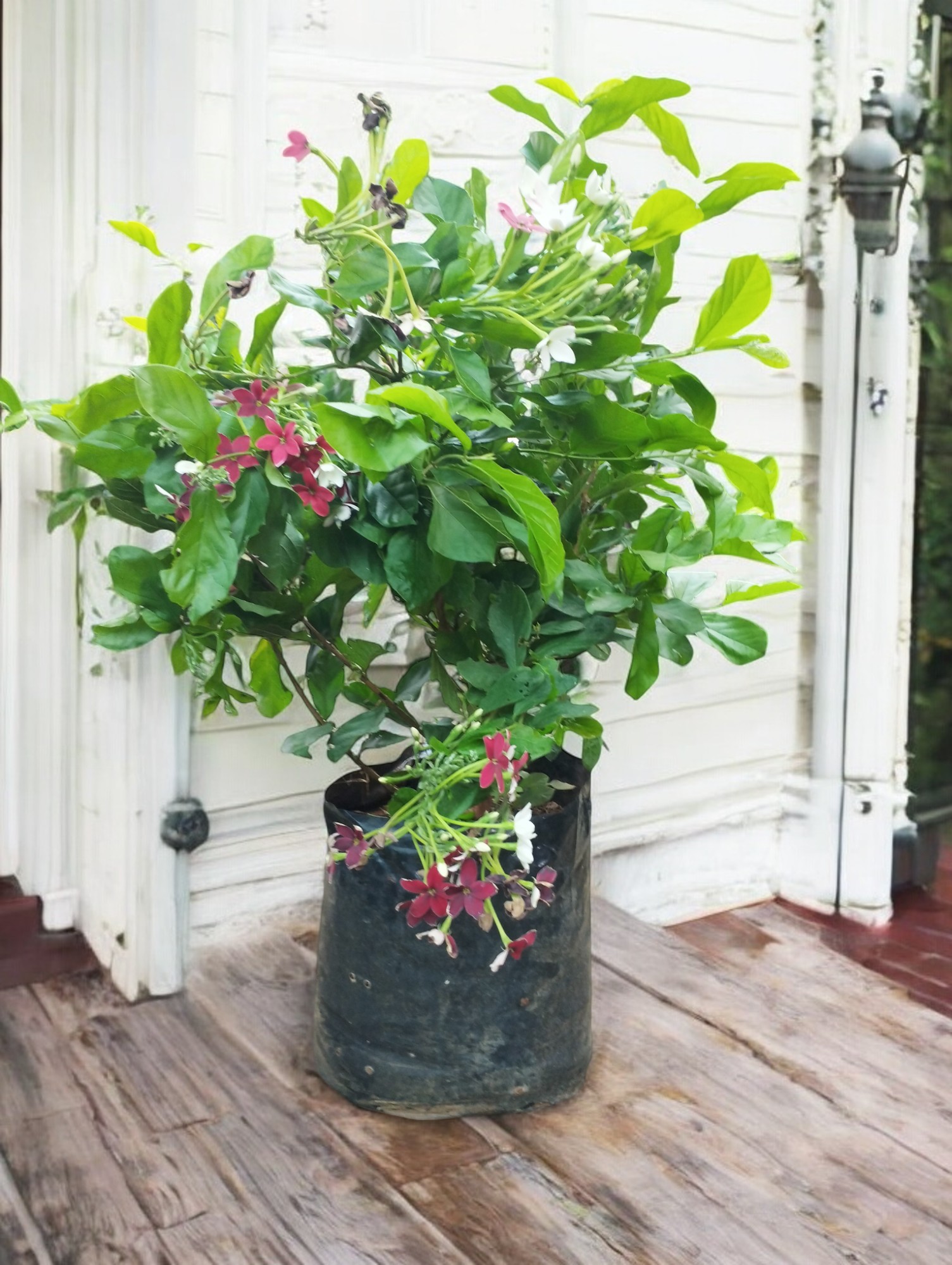
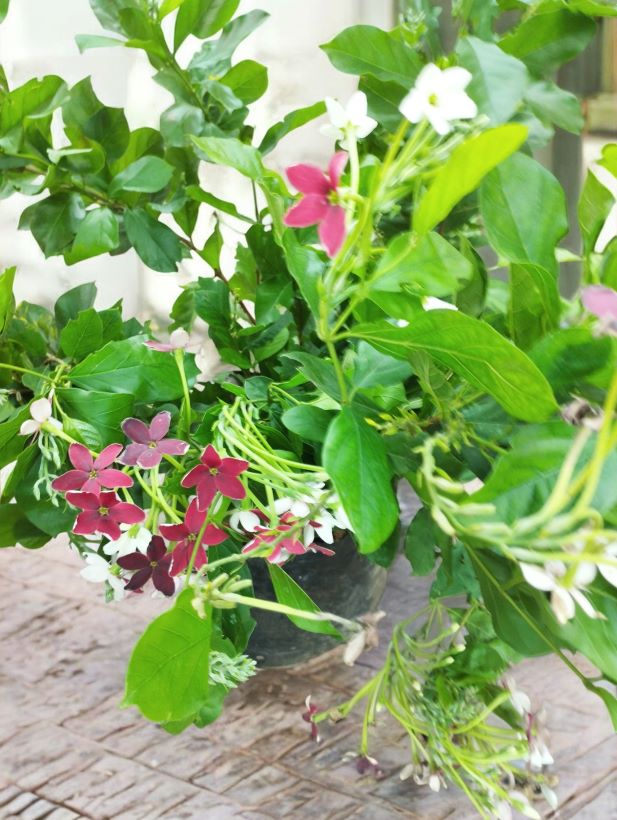
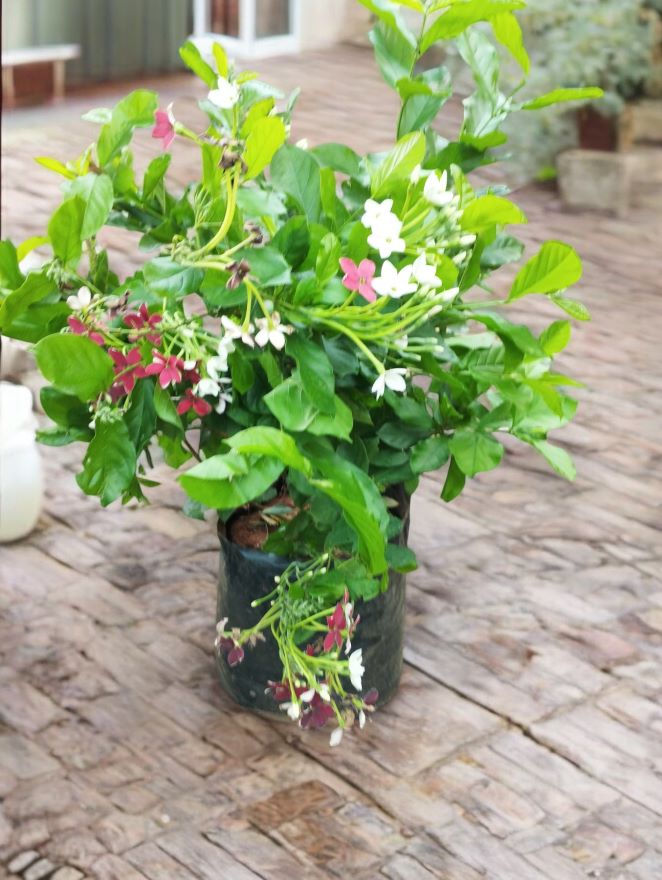
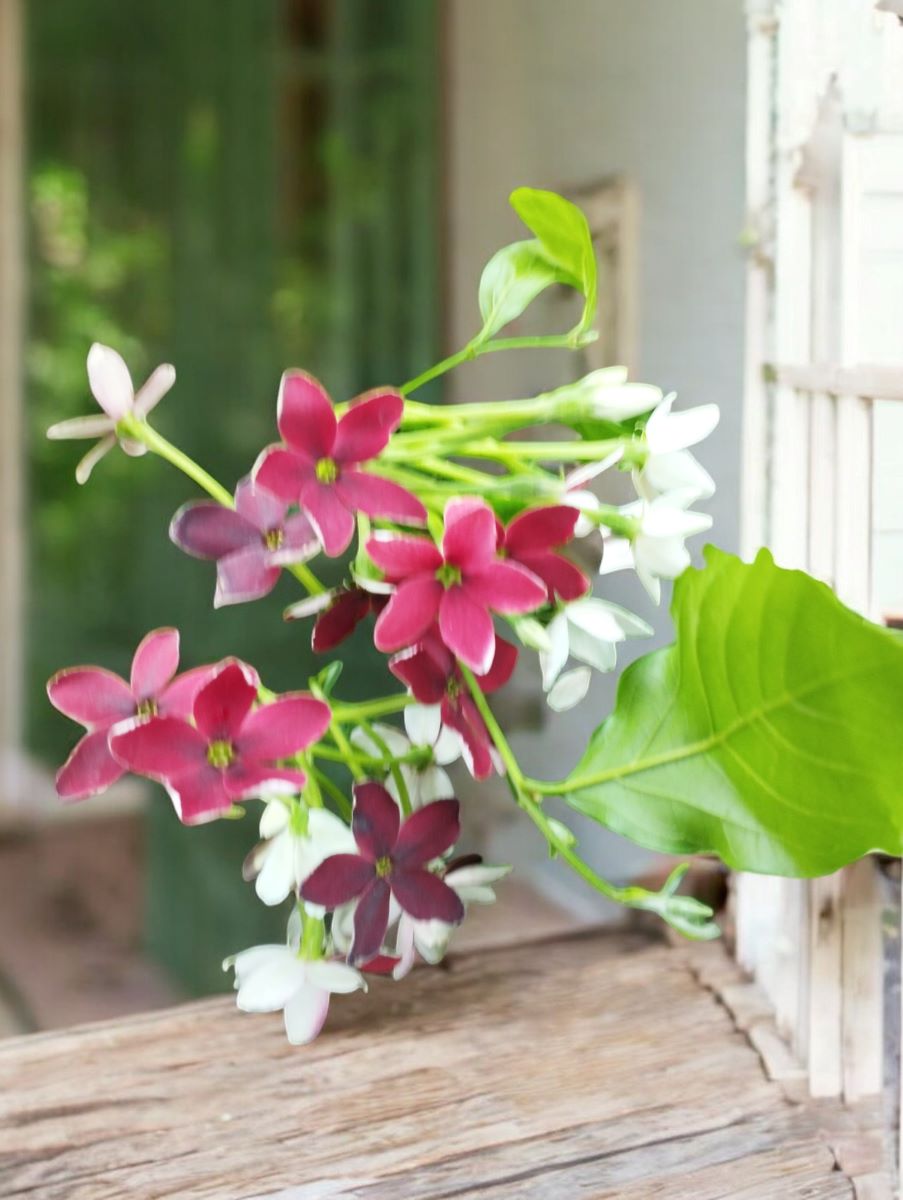



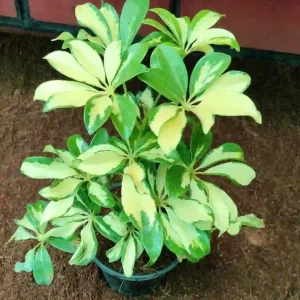
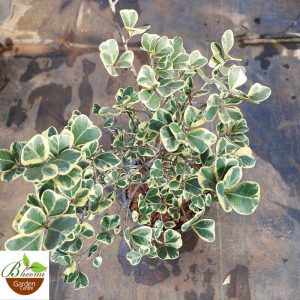
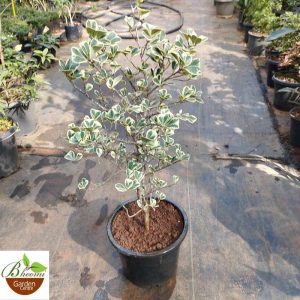
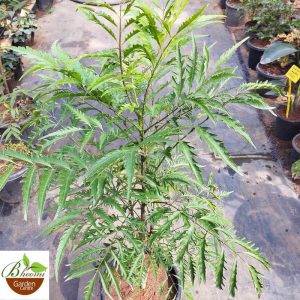
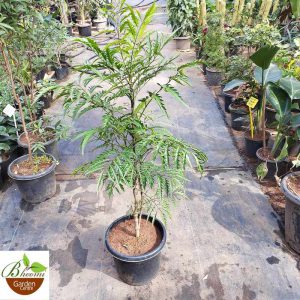
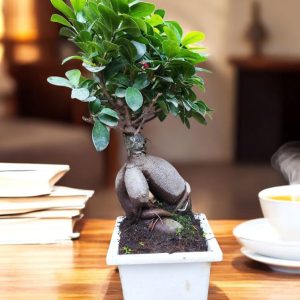
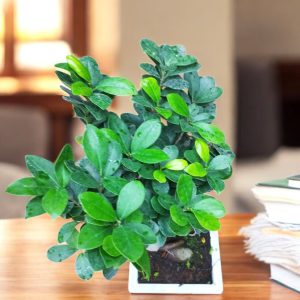

Reviews
There are no reviews yet.